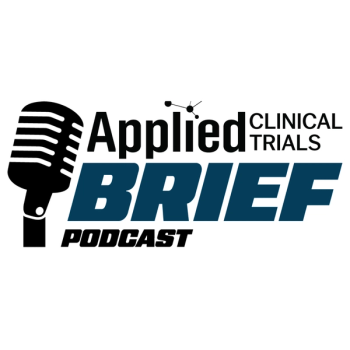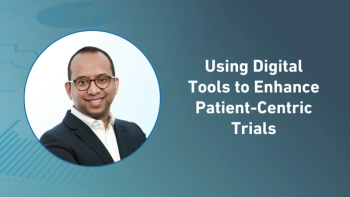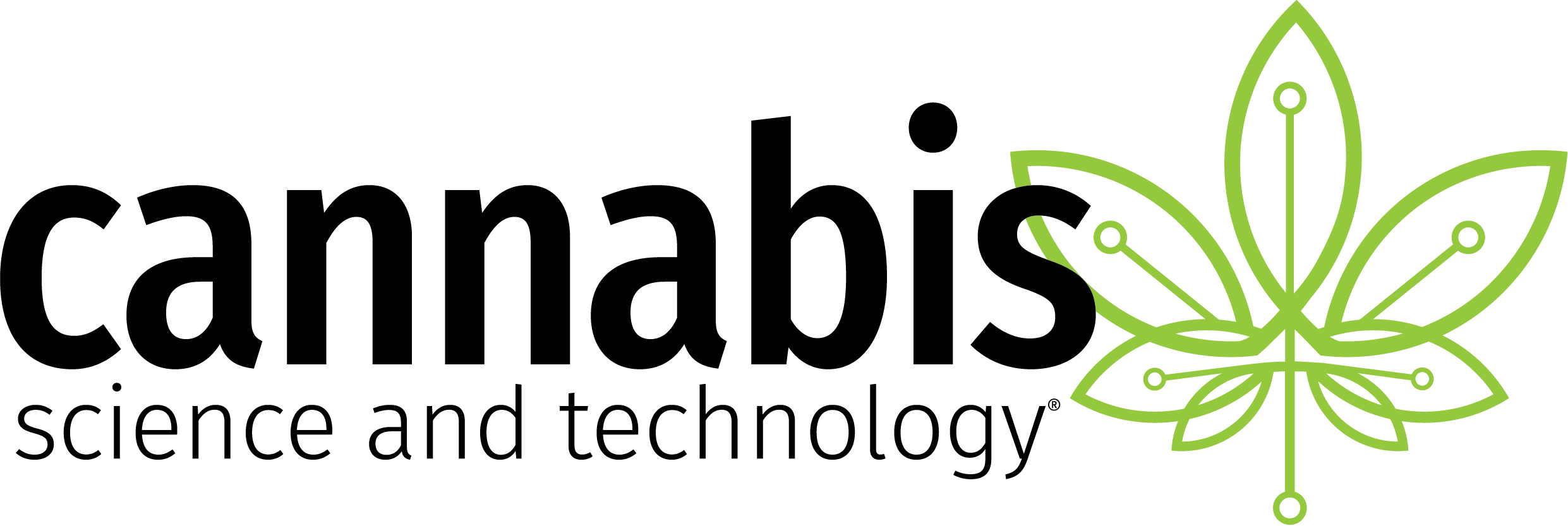Key definitions in clinical research AI
- AI agents: Software programs that execute a single, specific task on request (e.g., summarizing a document).
- AI teammates: AI systems that collaborate with humans on tasks requiring shared judgment, context, or oversight.
- Integrated intelligence: Coordinated workflows where multiple AI agents and AI teammates work alongside humans and traditional software to complete an entire process.
Artificial intelligence (AI) seems to be everywhere, but what is its future in clinical research? Clinical research inherently involves humans. However, it also involves numerous administrative processes, many of which are candidates for automation with artificial intelligence.
First, some definitions: “AI agents” are software programs that, upon request, perform a specific task, e.g., summarizing a document. When the task involves collaboration between a human and an AI software program, that software program is called an “AI teammate.” When multiple AI agents and AI teammates collaborate with conventional software programs and humans on a series of tasks, e.g., executing a business process, that collaboration is called “integrated intelligence.”
The process map in Figure 1 describes a closeout process for an investigative site. This 35-step process map is fairly granular and interacts with a complementary process at the study sponsor or contract research organization (CRO). With this level of granularity, we can assess each step for its suitability for AI automation.
Some steps in this process are composites of two steps. For example, in the process step “Receive and review meeting agenda,” an AI agent can handle the receive part but perhaps not the review part, which involves checking for errors, omissions. etc. This process step is thus a candidate for partial automation with an AI teammate.
Depending on various assumptions (e.g., paper vs. electronic documentation), 11 steps in this closeout process must be performed by humans, 15 can be performed by AI agents, and nine are suitable for AI teammates.
Human participation is required for tasks with the following elements:
- Reviewing documents
- Signing documents, even if electronically
- Handling physical items
- Handling ambiguity, e.g., in the rules for assigning personnel to tasks
- Handling issues and exceptions, e.g., unusual circumstances, mistakes or missing information
- Maintaining human relationships, e.g., with business partners and study patients
- Dealing with people, departments and organizations that cannot or will not interact with an AI agent or teammate
- Handling tasks that are too quick, simple or uncommon to justify the cost of automation
Unstated in the above analysis is the “meta” task of managing the process as a whole. This task is probably a good candidate for an AI teammate. AI teammates have the vigilance and attention to detail required to track progress and identify some issues, but humans are inherently superior—at least for now—at handling the wide range of issues that may arise.
AI is already driving changes in the workforce, providing more opportunities for people who can handle tasks that require human involvement, and fewer opportunities for people who can’t. “AI expertise with healthcare experience is a hot combination. More broadly, employers are emphasizing skills that are AI-proof,” said Matthew Bulley, executive director at Barrington James, a staffing firm.
Conclusion
Clinical research is an inherently human activity. It is also highly complex. There are many opportunities to improve efficiency and timeliness by streamlining administrative processes. It would be hard to find a study coordinator who wants to spend more time on administrative tasks, and easy to find many who would rather spend less. Most clinical researchers would welcome shorter timelines.
Administrative tasks do not, in and of themselves, create value. Investigative sites that make effective use of AI can therefore provide the same value to study sponsors at a lower cost, and more value, to the extent that AI reduces timelines, improves consistency, reduces costs on the sponsor side, etc. The same dynamic operates within study sponsors and CROs, where administrative processes also increase costs and timelines.
When a company reduces the price of a product by 10%, revenue from that product also declines by 10%. However, revenue can also increase—possibly by even more than 10%—because more customers can now afford the lower price. Similarly, as AI decreases the cost (and time) of clinical research, pharmaceutical and medical device companies can afford to develop more medical treatments. The resulting increase in revenue supports even more product development, in a virtuous cycle.
About the author
Norman M. Goldfarb is founder and CEO of Portolo, Inc., a provider of integrated intelligence systems to the clinical research industry. He is also executive director of the Site Council and executive director of the Clinical Research Interoperability Standards Initiative (CRISI). Previously, he was chief collaboration officer of WCG Clinical, founded and led the MAGI conferences, and published the Journal of Clinical Research Best Practices.






.png)



.png)



.png)
.png)
